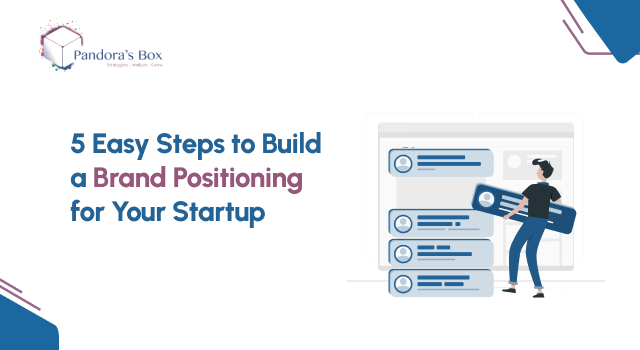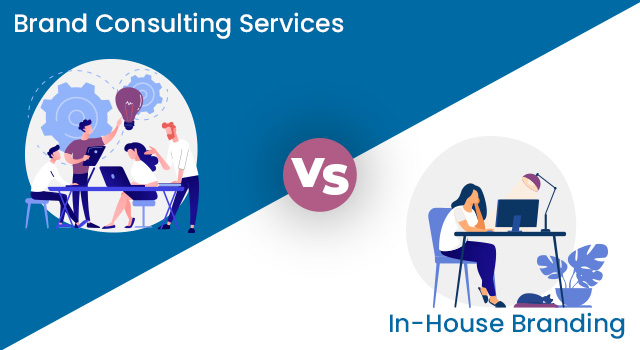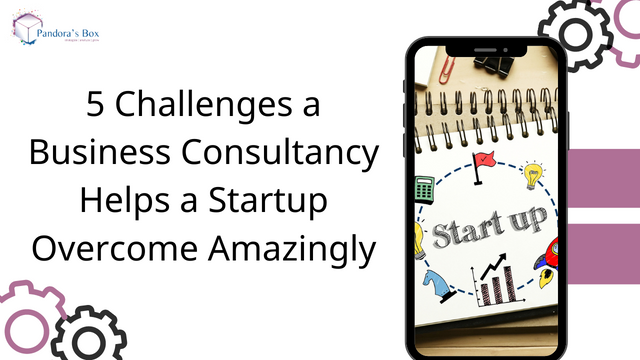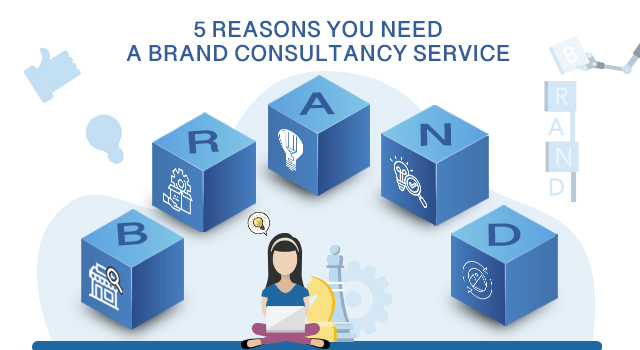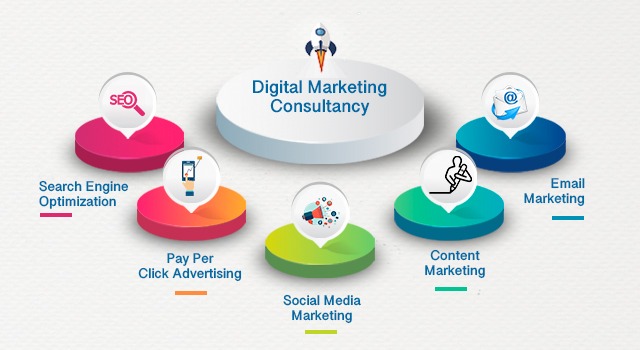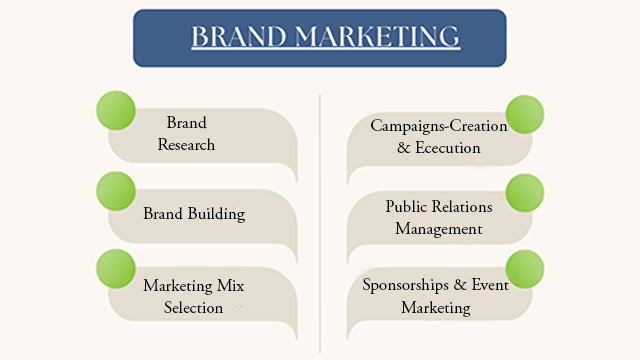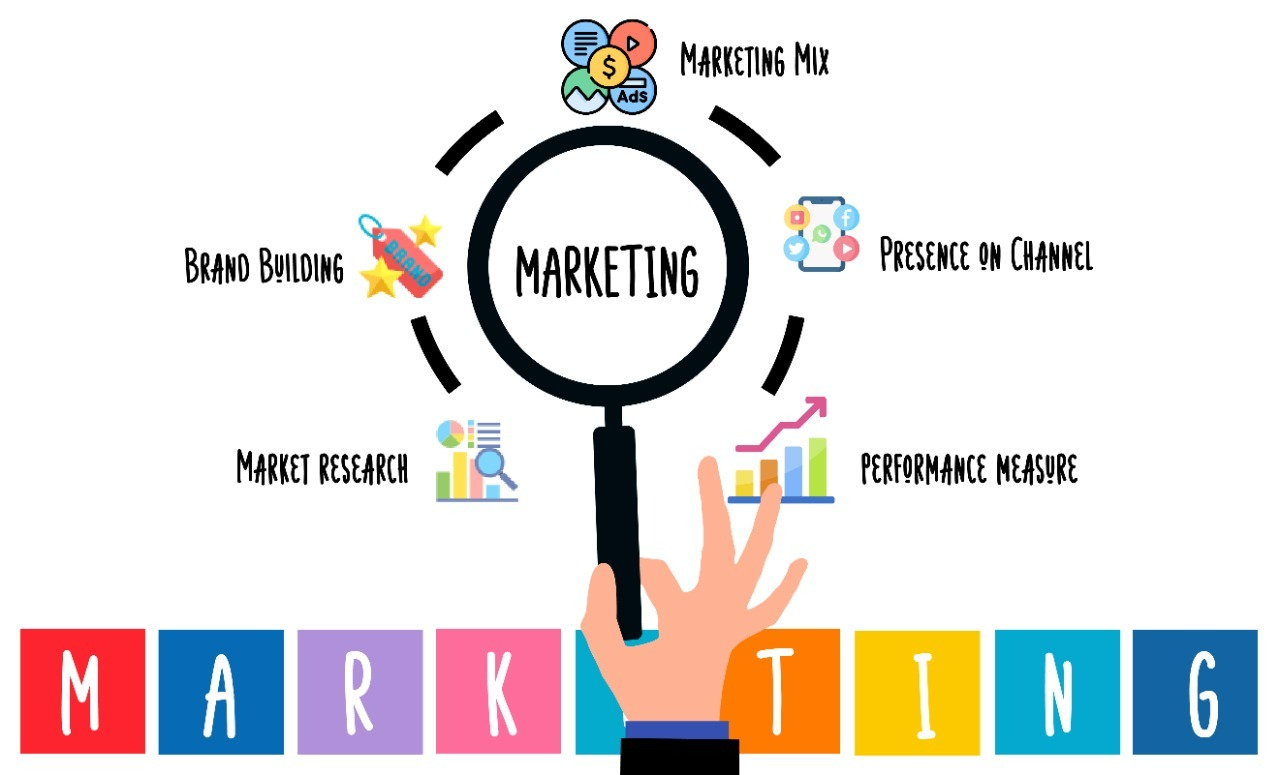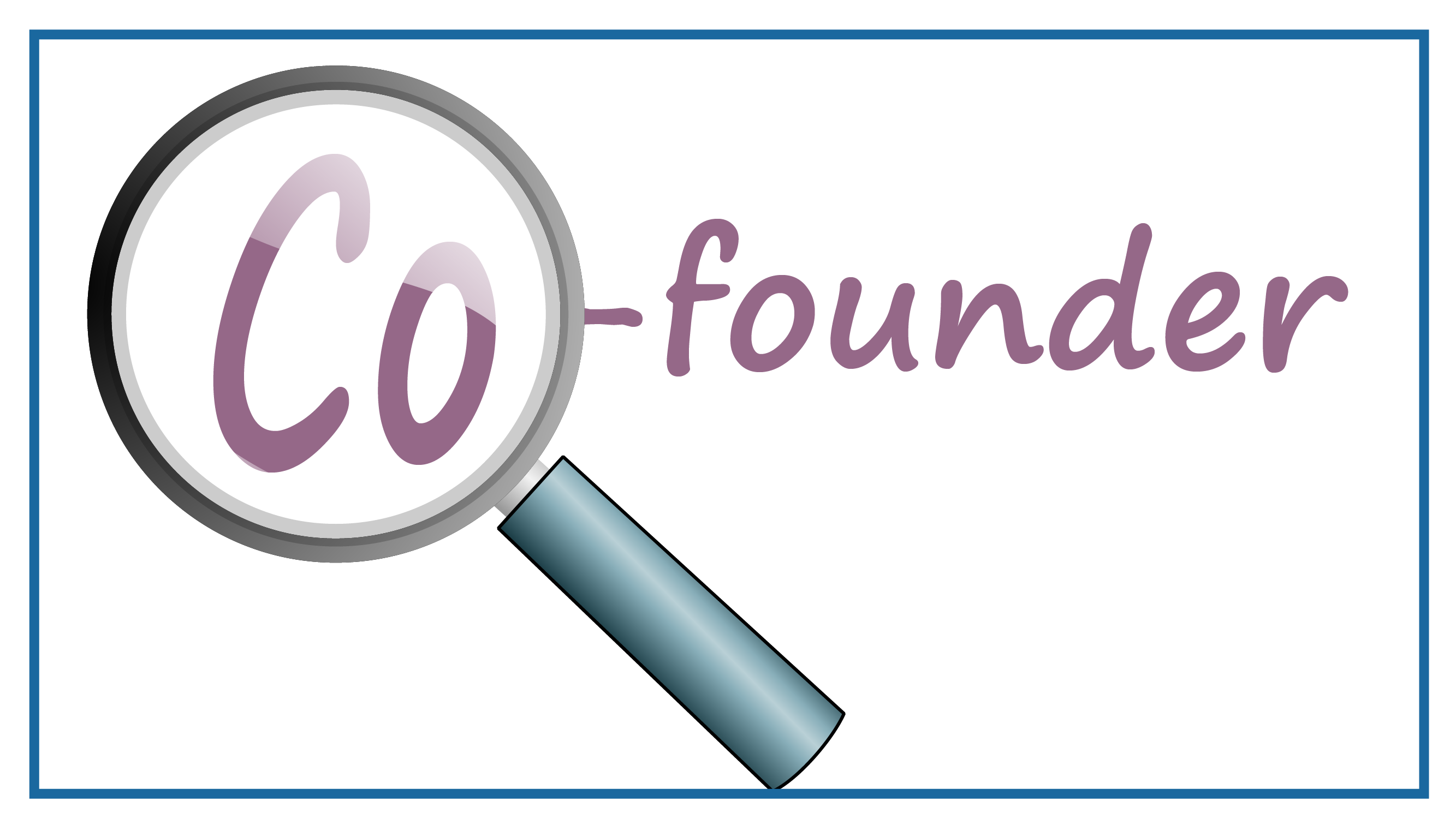“20% of startups failed in the first year, 50% within five years, and 65% within ten years.”
Why is that so? They might have faced issues with –
- Optimizing their resources properly for their goals
- Being relevant, competitive, and stand out in their target market
- Tapping and scaling the right growth opportunities
- Being aligned with their vision and values —
The reasons are endless, but there’s only one solution to all of it –
A Go-to-Market Strategy.
T-Hub and Boeing conducted a workshop where I shared with the attendees how they can build a go-to-market strategy for startups.
Here’s how you can do it too –
7 Steps to Build an Incredible Go-to-Market Strategy for Startups

- Conduct Market Research to Find Your Market
The first step to laying a foundation for an incredible go-to-market strategy for your startup is to do two types of research to know your market well –
- Secondary – You go through competitor websites, industry reports, and market studies to find out –
- What are the conditions of your market? (trends, changes in consumers lifestyle)
- How are other players reacting to it? (competitor analysis)
- What are the shifts in society that could affect you?
(For example: how will a hospitality business get affected by situations like COVID-19)
- Primary – Here, you will hold focus groups, surveys, and one-on-one interactions with the target segment to know –
- What do they look for in a solution (features)?
- How much do they value it (price)?
- What are their preferences, unmet needs, and buying patterns?
A word of advice: You’ll first try and spot a pattern through secondary research and then validate it with primary research.
At the end of this step of market research for startups, you want answers to these questions –
(I’ll explain this with an example for better understanding) –
- What’s your niche? – I’m in the Hair Care category
- What’s your offering? – I sell Hair Oils and Shampoos that strengthen the roots
- Who’s your target audience? – Women in the age range of 25-35 who live in cities.
- Who are your direct and indirect competitors? – Every Hair care brand that sells Oils, Shampoos, Conditioners, Hair Masks, and Serums.
- What sets you apart from the others? – We’re a 100% chemical FREE brand.
Now that we have finished our research.
It’s time for the second step in the go-to-market strategy for your startup – find a gap that your product/brand will target (your target segment).
Here’s how you can do this
(I’ll continue with my Hair Care example) –
- Total Addressable Market (TAM) – It’s the revenue you’ll get for a product if you have 100% market share in the category.
Here, the TAM will be of all customer segments that use Hair Care products – oils, shampoos, conditioners, masks, serums, and styling products.
- Service Addressable Market (SAM) – It’s a segment of TAM that my brand can easily address and target with its product or service.
Here, the SAM will be the women segment who live in cities and use high-end brands.
- Service Obtainable Market (SOM) – It’s a segment of the SAM you can target with the limited resources available at this point.
Here, the SOM will be the women segment who mostly shop online or go to malls/ salons to buy.
Now, you have a segment that you can realistically target, along with an idea of the channels and messages to use to reach them.
- Find your Product-Market Fit
You have found your target market, customer segment, and unique value proposition (UVP).
It’s time to test your product among your target segment and see how they react to your product, price, and the benefit it offers.
You need this step in the go-to-market strategy for a startup to closely align your product and brand with the target segment’s needs, buying patterns, and behaviour.
- Build your Customer Personas/ Ideal Customer Profiles (ICP)
If you look back, you’ve come a long way.
You have found your product-market fit that’ll help you target and cater to the right audience.
To take this a step further, what’s the next thing to do in the go-to-market strategy for your startup?
You build an ideal customer profile/ buyer persona to better align your product, positioning, and brand messages with your segment.
Here’s the information that your ICP/ Buyer persona should have –
- Demographics – What’s their age, gender, location, and education?
- Psychographics – What are their preferences, interests, values, and the lifestyle they lead?
- Behaviour – How do they research, make decisions, buy, and interact with a brand?
- Media Habits – What platforms do they spend most of their time on? The type of content and people they engage with?
- Goal-fit – How does your product help them fulfil their goals/ needs?
Once you have prepared your buyer persona, it’s time to map out their journey to find touchpoints you can target to reach and persuade them.
- Do your Customer Journey Mapping Right
In this phase of the go-to-market strategy for your startup, you’ve to use your buyer persona and take these steps –
- Outline the Stages – What are the stages that your customer goes through?
Some of the few stages are awareness, consideration, decision (purchase), post-purchase, and advocacy.
- Map the Journey – How does your buyer move from one stage to another? What are the steps they take?
What places and phases can we target them to make them know and buy our products?
- Identify the Touchpoints – How does your customer interact with your brand at each stage?
What channels (website, social media, email, and customer service) and content do they interact with?
- Capture their Pain Points – What are the emotions/ thoughts they experience in each touchpoint?
It’ll help you better empathise and engage with your target segment.
You have now accomplished a lot in your go-to-market strategy.
It’s time for the final steps of the strategy.
- Select your Marketing Channels
In the customer journey mapping phase, we listed all the possible touchpoints your customer will interact with.
It’s time to build your Marketing Mix to be present on the right channels to reach, engage, and persuade your audience.
The Mix should have these channels –
- Offline (Traditional) – They’re stores, offline events and exhibitions, outdoor ads, print ads, and TV ads.
- Online (Digital) – They’re websites, social media, forums, and online advertising.
When you have the Mix ready, you’ll have to take the last step to finish a go-to-market strategy for your startup.
- Create your Go-to-Market Strategy for your Startup
You have what you need to build a go-to-market strategy for your startup.
One thing to note is that your job is still not done yet.
You have to test your strategy, gather insights, evaluate, learn, and revisit it to ensure you’re on the right track to achieve your goals.
—–
That’s how you build an incredible go-to-market strategy for your startup in 7 easy steps.
Mili – Through these 7 simple steps, you can build a robust go-to-market strategy for your startup and set yourself up for growth!
If you wish for an expert’s help in building a go-to-market strategy for your startup, book a FREE 20-minute session with Mili Kataria.
Mili – If you wish to learn more about it or need help in building a go-to-market strategy for your startup, we can get on a 20-minute call to discuss the same.


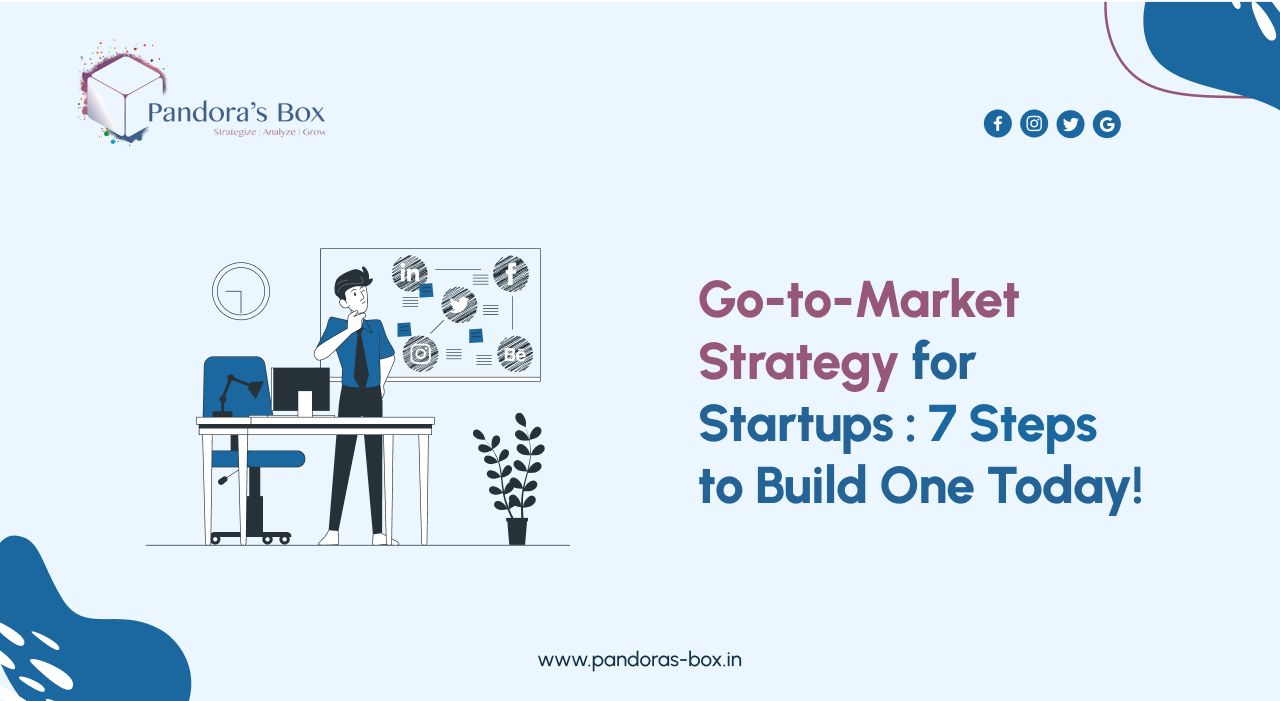




![4 Key steps to Effective Strategic Planning [Learn from Top Consulting Firm] 6 4 Key Steps to Effective Strategic Planning [Learn from Top Consulting Firm]](https://pandoras-box.in/wp-content/uploads/2023/08/4-Key-Steps-to-Effective-Strategic-Planning-Learn-from-Top-Consulting-Firm.jpeg)
